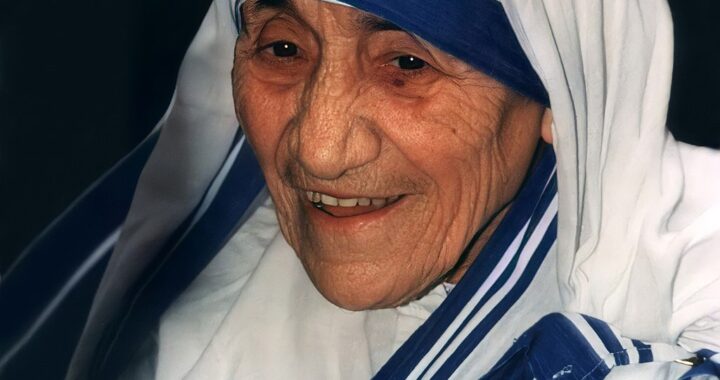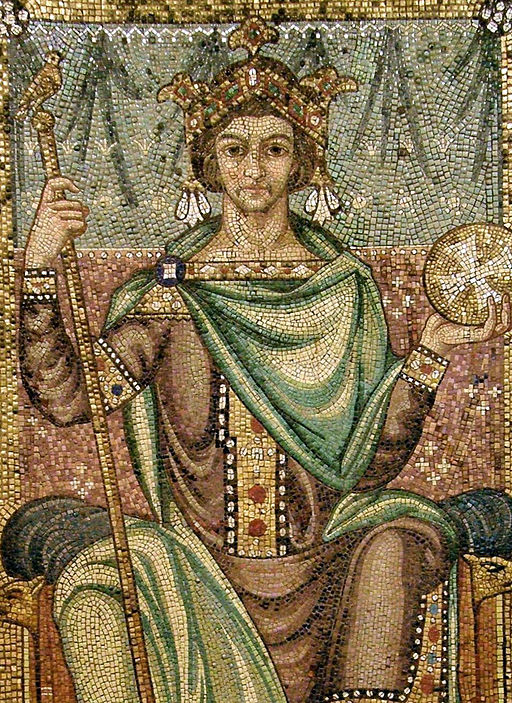
Patrick Joseph Tuohy, Public domain, via Wikimedia Commons
What does it take to be a great woman? Our culture seems to think that greatness requires an advanced degree from an Ivy League school, martial arts training, a flawless body, and/or loads of money. But the female saints that the Church celebrates in February offer a very different image of greatness.
Saint Brigid of Ireland (feast day of February 1) started out in life as a slave in fifth century Ireland to a Christian mother and a pagan father.
Saint Josephine Bakhita (feast day of February 8) also experienced life as a slave. She was kidnapped at the age of nine in nineteenth century Sudan and was brutally tortured and mistreated by her masters.
Saint Margaret of Cortona (feast day of February 22) was an abandoned single mom in thirteenth century Italy.
Saint Anne Line (feast day of February 27) was a Catholic widow in anti-Catholic England in the sixteenth century.
What do all these women have in common besides the fact that they all are commemorated in February? Although we might be tempted to pity them and their apparently miserable lives, they all show us that the weapons given us by Christ can make any life into a truly great one.
Saint Brigid was generous with the poor from the time she was a young child. She was so generous with possessions—including the possessions of other people—that both her parents were often bewildered. Did her angry father finally give her her freedom from slavery and let her become a nun because he thought that would stop her from giving away his possessions any more? Maybe. Or maybe her extraordinary generosity finally infected even her pagan father. Either way, it was Brigid’s heroic example of selflessness that inspired so many other women to give up everything they possessed and become nuns just like her. She founded multiple monasteries during her ninety years of life, and both men and women placed themselves under her wise governance.
Saint Josephine Bakhita could have been bitter about the mistreatment she endured as a slave. Instead, she learned about the Catholic faith from the Italian family that both bought her and freed her. Josephine discovered the power of one of Christianity’s greatest weapons—forgiveness— when she became a Catholic, and that helped her decide to become a religious sister. Josephine spent many years telling her life story, begging for donations to her order, and spreading the good news of freedom through forgiveness to those who had never heard such a countercultural message before.
Saint Margaret learned in the most vivid way possible that actions have consequences and that sinful actions have particularly painful consequences. She thought living with her boyfriend and having beautiful clothes would make her happy. When he was murdered, she was overwhelmed with grief, loneliness, but most importantly, repentance. In that moment of despair, she saw and felt God’s mercy envelop her, and she lived the rest of her life offering that mercy to others in need.
Saint Anne Line chose to do the unthinkable many times in her life. First, she chose to become a Catholic in anti-Catholic England in the sixteenth century, which led her Protestant family to disown her. Then she chose to marry a Catholic, who died in exile not long afterward, leaving her alone, but not poor. With the money and property she possessed, she decided to do something that was both dangerous and illegal: she chose to hide priests so that they could minister to other Catholics in secret. When Anne had been arrested and was brought before judges, they accused her of the “crime” of hiding a priest from the authorities. She fearlessly replied, “My lords, nothing grieves me more but that I could not receive a thousand more.” That answer, brave as it was, sealed her fate and cost her her life. But Anne had found the pearl of great price—the Catholic faith—and was ready to sell all that she had to keep that precious gift.
Patterning your life after the rich and famous does not make you great. But patterning your life after the life and teachings of Jesus Christ—through selflessness, forgiveness, repentance, and sacrifice—may make you more than great. It can make you into a saint.



















